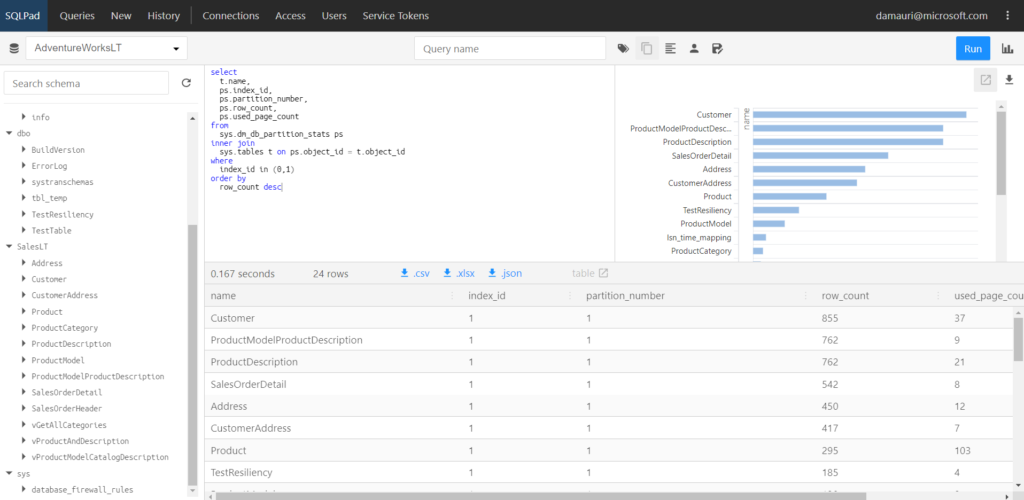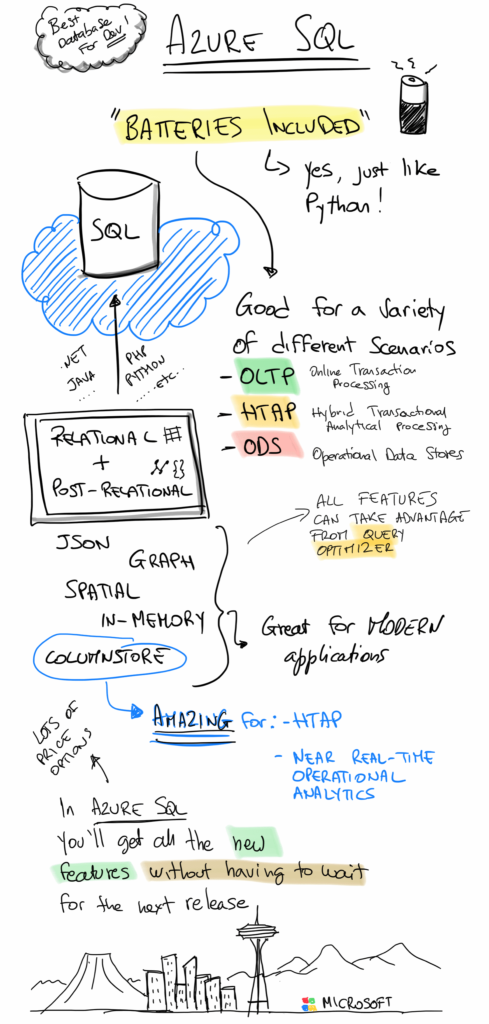


Querying and visualizing data using SQLPad

Microsoft.Data.SqlClient 2.0.0 is now available

Go Azure SQL!

JSON in your Azure SQL Database? Let’s benchmark some options!

Improve JDBC application reliability with Azure SQL and connection pooling

Optimize Azure SQL Upsert scenarios

DevOps for Azure SQL


 Light
Light Dark
Dark